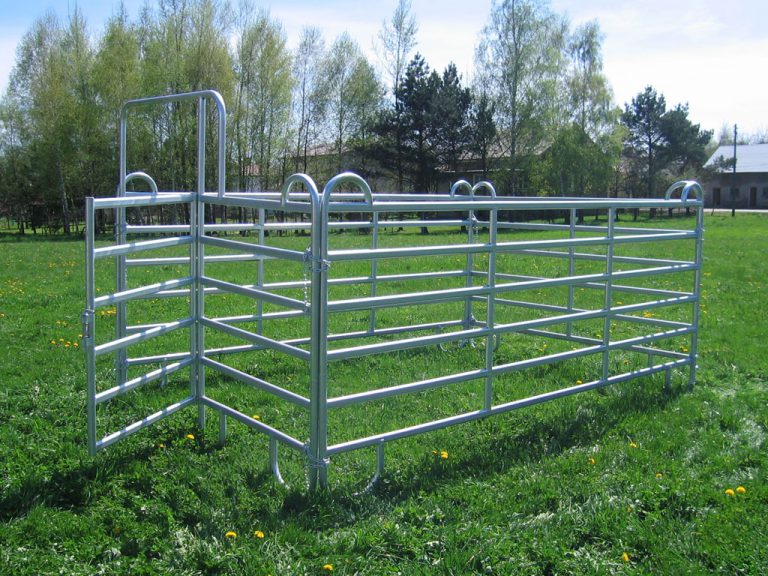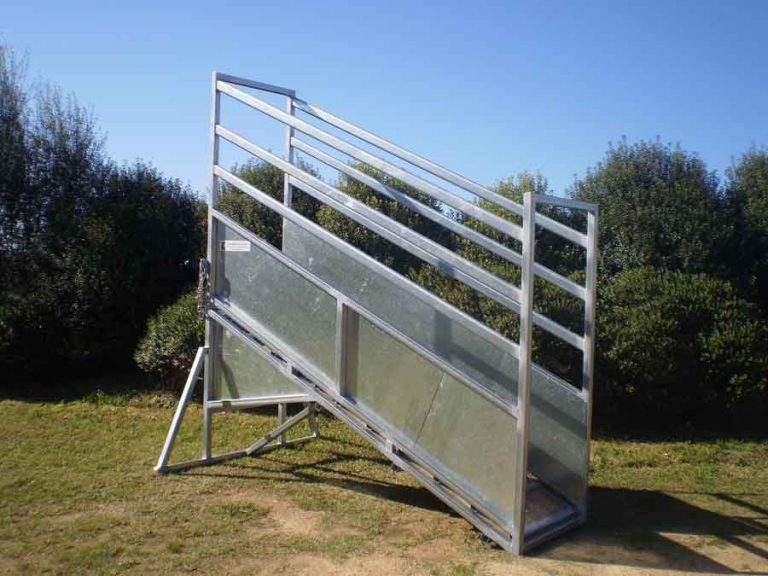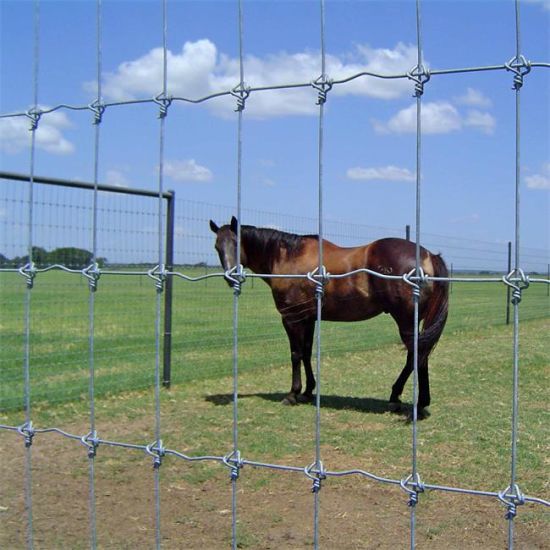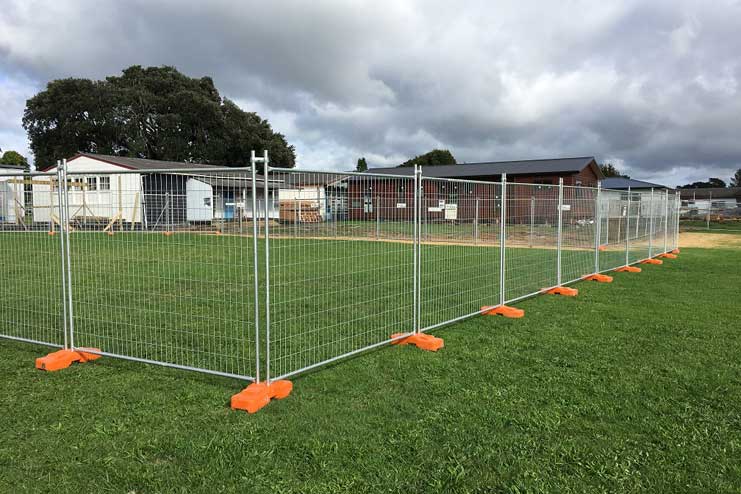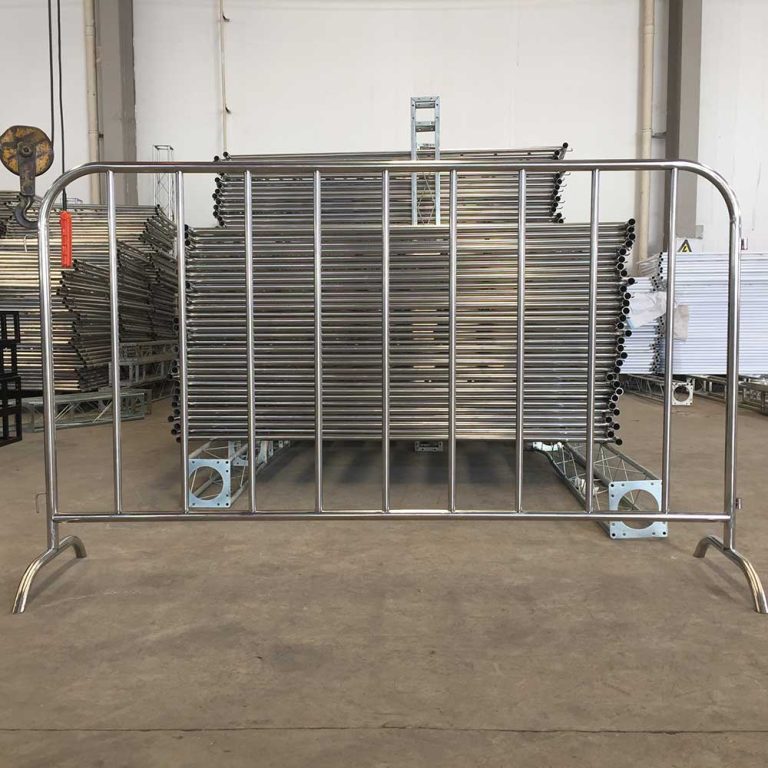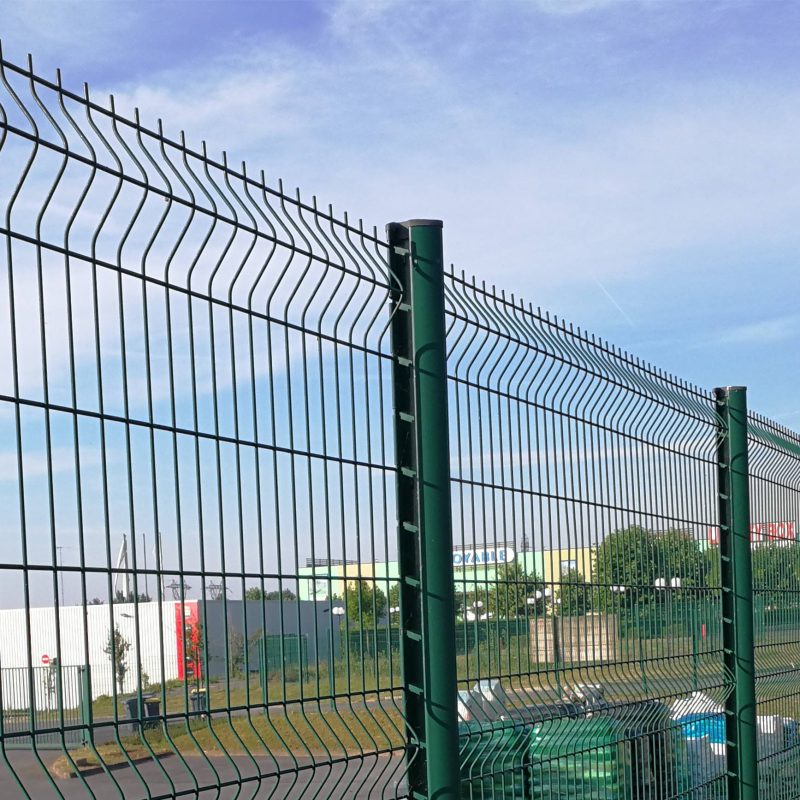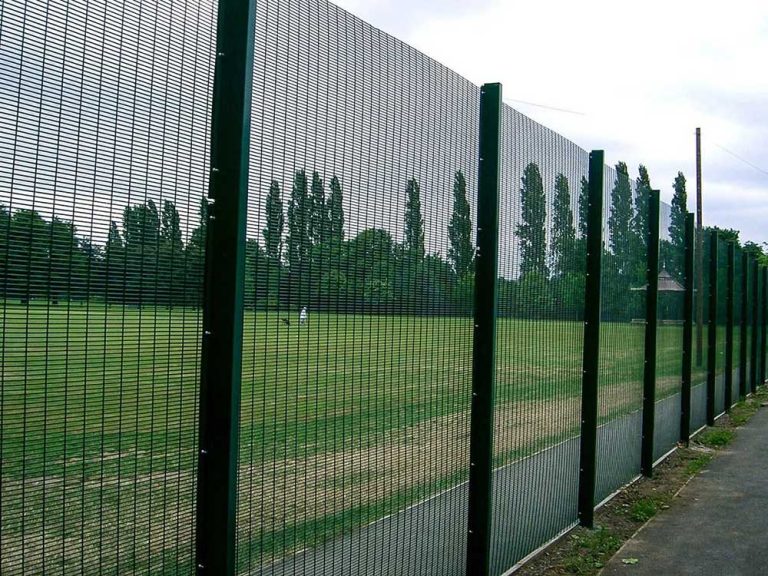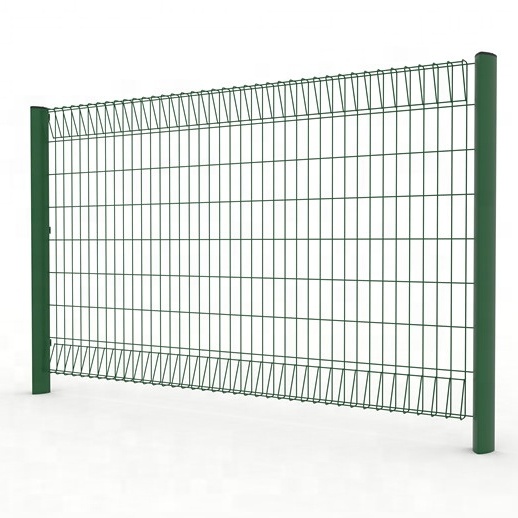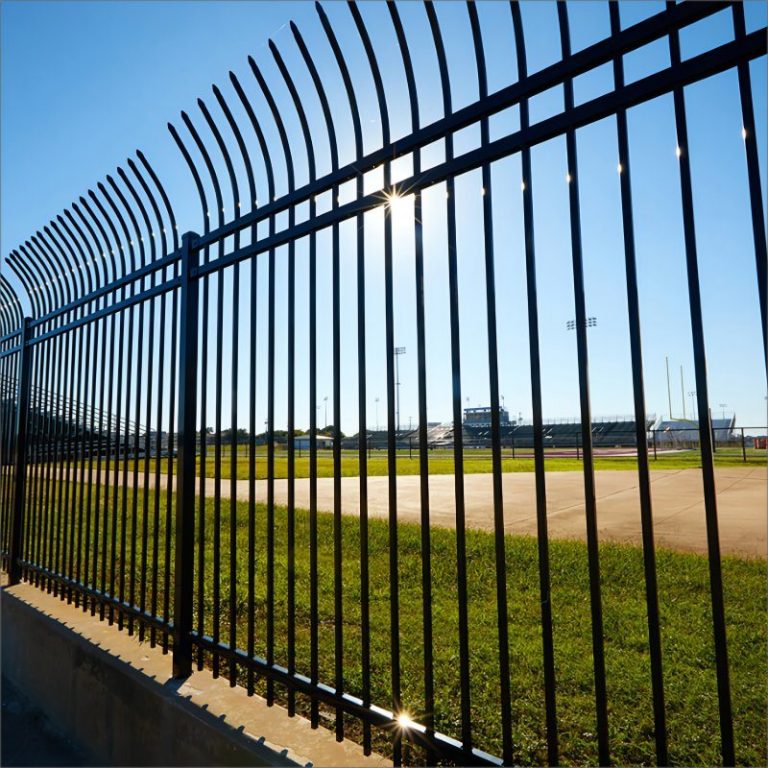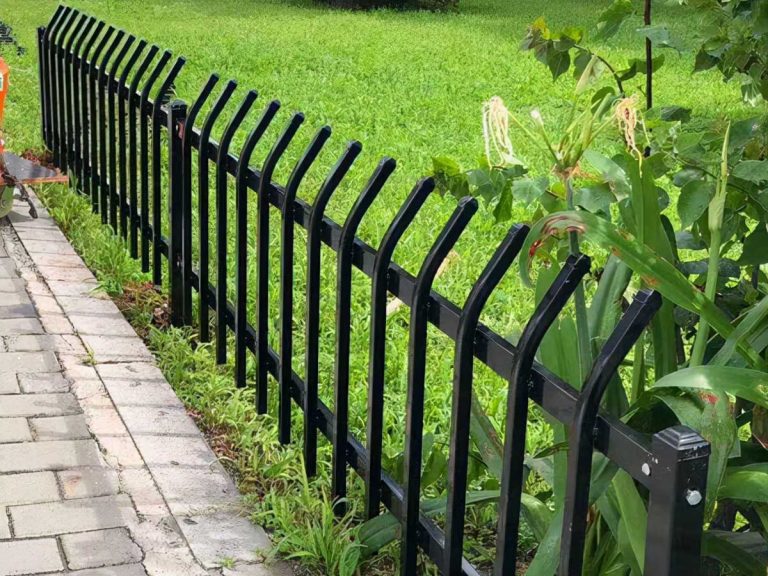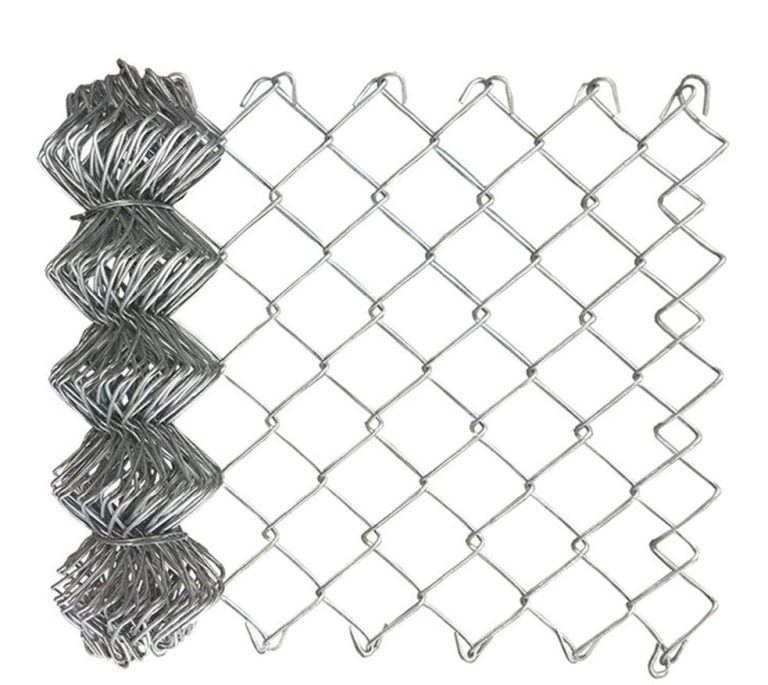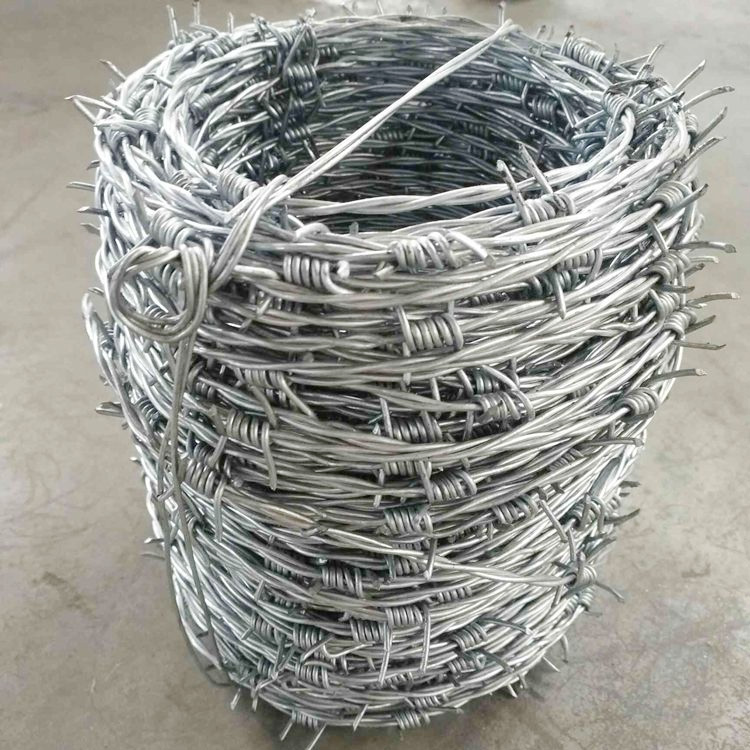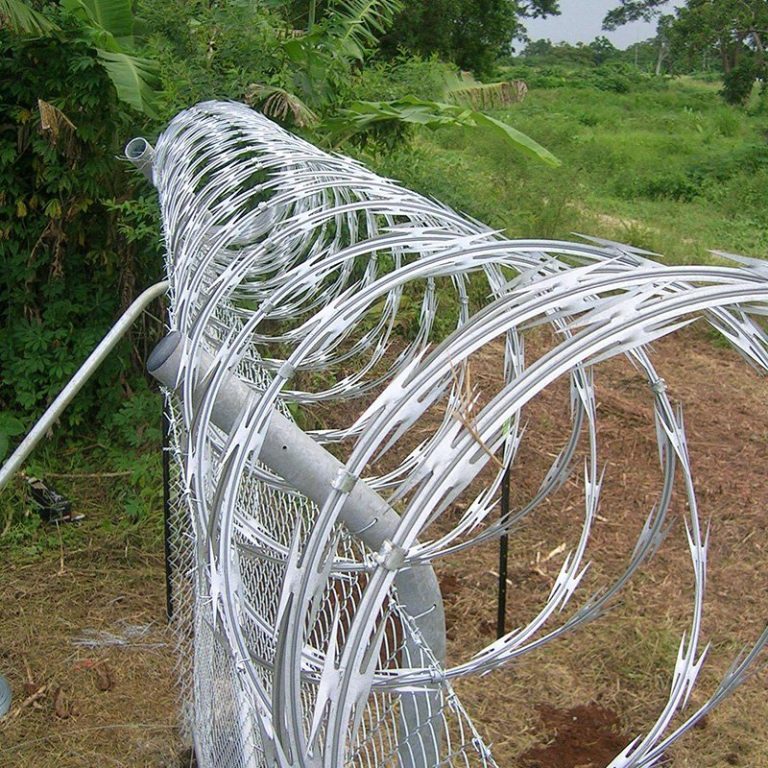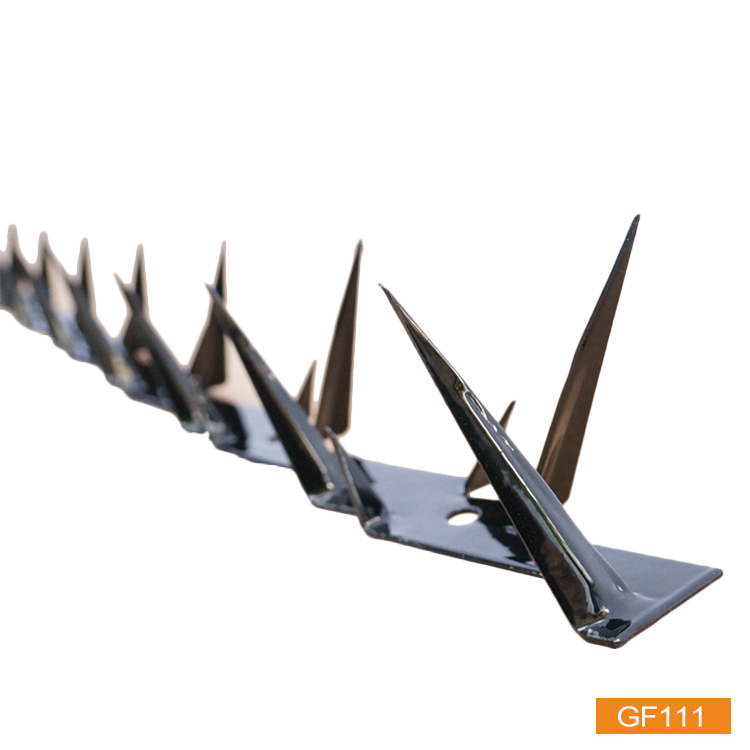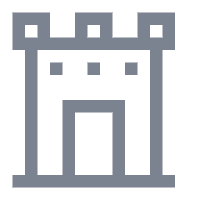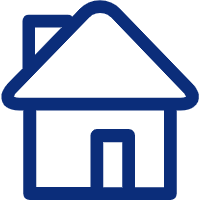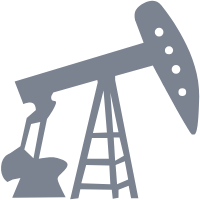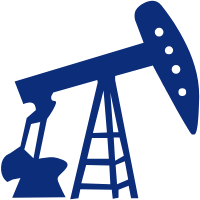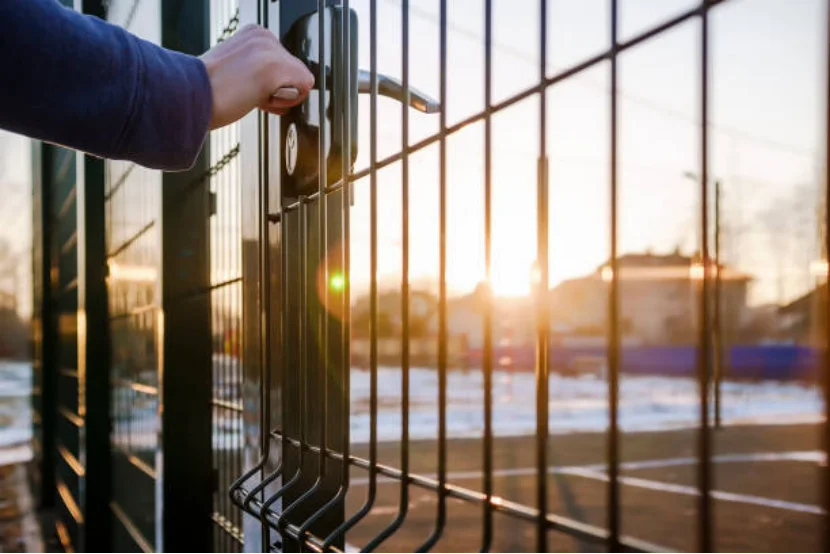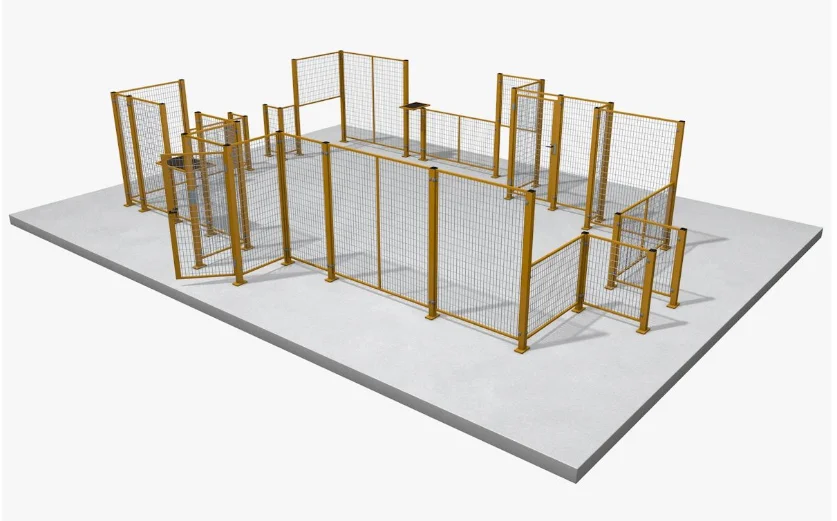Planning Your Heavy Duty Fence Project
Choosing the Right Location and Purpose
Before you pick up a shovel, figure out what your heavy duty fence is for. Do you want to keep cows or sheep inside, stop wild animals from getting in, or mark your land’s borders? Cattle corral panels are great for lots of things, like guarding gardens, farms, or backyards. For example, if you’re fencing a field for animals, choose panels made to hold livestock safely.
Look at the ground where the fence will stand. Is it flat, hilly, or rocky? Flat areas are easier to work on than rough ones. Also, think about where you’ll put gates or paths for vehicles to pass.
Measuring and Marking the Fence Layout
Grab a measuring tape or wheel to measure how long your fence will be. Stick stakes in the ground at corners and gate spots, then tie string between them to keep everything straight. This shows you how many heavy duty fence panels and posts you’ll need.
Planning well saves you from wasting materials or running into problems later.
Checking Local Regulations and Permits
Talk to your town’s office or zoning board about fencing rules. Some places have limits on how tall a fence can be or require permits for permanent heavy duty fences. Find out the local laws before you start.
Tools and Equipment Required for Installation
Essential Tools for Building a Heavy Duty Fence
To set up heavy duty welded wire fence panels the right way, you’ll need these tools:
Post hole digger or auger
Measuring tape
Hammer or impact driver
Concrete mixer or mixing tub
Protective gloves
Wire cutters
Shovel
These tools help make your heavy duty fence solid and even.
Safety Gear and Preparation Tips
Stay safe while you work. Wear gloves to protect your hands from sharp metal edges. Put on safety glasses when you cut wires or use power tools. If you’re mixing concrete, wear a dust mask so you don’t breathe in dust.
Before you dig, call your local utility company to mark any underground pipes or wires.
Preparing the Site for Installation
Clearing and Leveling the Ground
Clear away grass, weeds, or rocks along the fence’s path. Use a shovel or hoe to smooth out bumpy spots where posts will go. A flat surface keeps posts steady and strong.
Putting up a cattle panel fence isn’t too hard, but preparing the ground well makes it last longer.
Setting Accurate Post Locations
Space post holes evenly—about 8 feet apart—to fit standard heavy duty fence panel widths, like those from Anping JiaHui wire mesh Co., LTD. Their cattle panels come in widths of 2100 mm to 2900 mm, depending on the style. Their steel corral panels are galvanized or painted after welding to keep rust away.Tie string between corner stakes to make sure posts stay in a straight line.
Installing Fence Posts Securely
Digging Post Holes to Proper Depths
Dig holes deep enough—at least one-third the height of your heavy duty fence panel, around 24–30 inches—and about 8 inches wide. A post hole digger or auger makes this faster.
For terminal posts, dig holes 8 inches wide and 30 inches deep. For line posts, make them 6 inches wide and 18–24 inches deep.
Make sure all holes are the same depth for a sturdy fence.
Setting Posts with Concrete for Stability
Put each post in its hole and pour concrete around it. Use a level to check that the post stands straight while the concrete sets, which takes about a day.
Concrete helps heavy duty welded wire fence panels stay strong, especially since they face a lot of pressure over time.
Mounting Heavy Duty Fence Panels
Aligning and Securing Heavy Duty Welded Wire Fence Panels
Once posts are set, start attaching heavy duty fence panels, like Anping JiaHui’s galvanized welded steel tube cattle panels. These are built for animals like cattle, horses, or sheep. They come in round rail (32 mm OD), square rail (40×40 mm), or oval rail (50×70 mm) types, depending on what you need.
Match each panel with the next using clamps or U-lugs from companies like Anping JiaHui wire mesh Co., LTD. Use tough screws or bolts to keep them tight.
Ensuring Panel Stability and Structural Integrity
Heavy duty fence panels are heavy, so they need frames on the top, bottom, and sides to stay strong. Without this support, even strong galvanized steel might sag from animals pushing or bad weather.
Tighten all screws or bolts well with an impact driver. Check that panels are straight after every few sections.
Final Inspection and Maintenance Tips
Checking Alignment and Fastener Tightness
Walk along both sides of your new heavy duty fence. Make sure panels fit tightly against posts with no gaps at the joints. Push lightly on each connection to see if screws or bolts are loose.
This check helps your fence stay strong and avoids early damage.
Regular Maintenance of Heavy Duty Fence Panels
Even tough panels, like Anping JiaHui’s hot-dip galvanized cattle panels, need care to last. These are made from strong steel and galvanized to stop rust and wear.
Every few months, check for rust or loose bolts. Clear dirt or leaves from the bottom rails, as they can hold water and cause rust.
If you’re in a wet area, add a protective coating every few years to keep your heavy duty welded wire fence panels in good shape.
FAQs
What is the best material for heavy duty welded wire fence panels?
Galvanized steel is the top choice because it’s strong and resists rust. Cattle panels are made from square, oval, or round tubes, and Anping JiaHui’s products are galvanized after welding to prevent rust.
How deep should I set my fence posts?
For most heavy duty welded wire fence panels, dig holes 24–30 inches deep, depending on the ground. Terminal posts need holes 8 inches wide and 30 inches deep, while line posts need 6 inches wide and 18–24 inches deep.
Can I install this type of fence myself?
Yes, you can! With tools like post hole diggers, levels, and clamps, and a bit of fencing knowledge, you can build a cattle panel fence on your own.
How do I maintain my heavy duty welded wire fence?
Check your fence every season. Look for loose screws or rust, especially near the ground where water collects. The panels are light and galvanized to fight rust, but regular care keeps them strong.
Where can I buy high-quality heavy duty welded wire fence panels?
You can find great options from Anping JiaHui wire mesh Co., LTD. They make Cattle Panel Fences, Field Fences from high-tensile galvanized steel wire, and Temporary Chain Link Fencing for both fixed and movable setups. Their farm field fence is woven from high-strength galvanized steel wire.
Want a strong fence? Contact Anping JiaHui wire mesh Co., LTD today! They’re based in Anping County, China’s wire mesh center, and make trusted temporary fences, chain link fences, farm fences, and security barriers. Check out their custom options made just for you!

